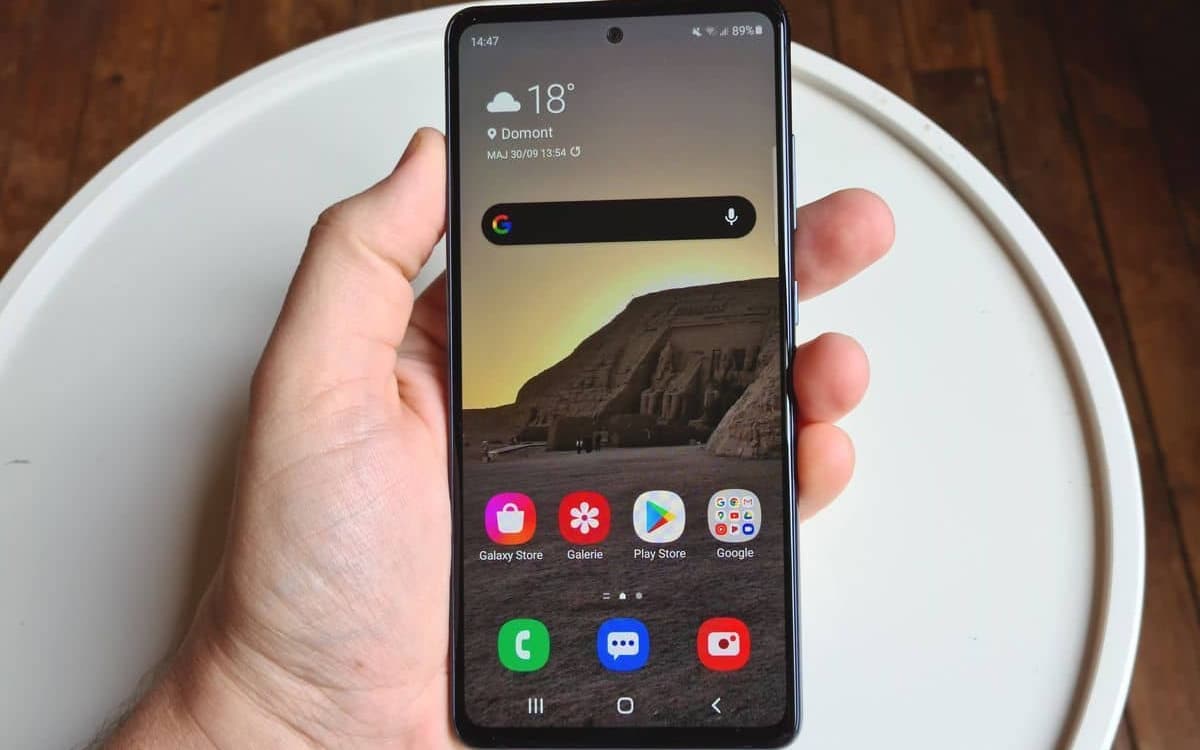
Two codecs to rule them all
Surely we do not say anything new that you do not know if we affirm that the H.264 codec is the most popular that we can find now same in practically any content that we convert or create to play on a computer, mobile, tablet or whatever. No matter what program you use, you will surely export an .mp4 file with the H.264 codec. This is because it is a format that is very focused on high definition and capable of working with any type of hardware in HD, FullHD (1080p) or 4K resolutions and that it does not take up too much bandwidth when it is broadcast.
Now, practically a decade ago, the one that was going to be (and we assume that it will continue to be) its successor emerged, H.265, which is also known as HEVC or High Efficiency Video Coding and that not only works well in HD, FullHD (1080p) and 4K resolutions, but also in 8 and 10K, guaranteeing a compression capacity that can reach 50% of H.264 at many times. For example, a movie in DVD format of 4.3GB could leave it in just 650 megabytes, compared to more than one gigabyte of H.264.
That is, with the H.265 standard we could play a live 8K feed on a mobile device with a normal internet connection, not necessarily ultrafast so, as you can imagine, it has become the best alternative for the expansion of video formats in the near future.
Why do we still use H.264?
However, something must differentiate the two formats for H.264 to continue to be used over H.265 when with the second we will obtain a file half as heavy and on many occasions, with a little more quality and fidelity to the original. And the answer must be found in the hardware necessary to quickly perform the task of decompressing that video and then playing it.
Thus, it is easier for (cheap) hardware of a video playback device to be able to work with a file in H.264 than with another in H.265, which requires much more processing power to do the job. to decompress the video that is going to show us on the screen. If you remember, something like this happened to us when the .mkv format was extended, that it was not possible to launch it on any computer or mobile device. Significantly more processing power was required than with a .avi or similar things from the same era.
Running a video in H.265 requires that extra power which, at the moment, the market is not asking for because with H.264 we have more than enough: it does not take up too much space or bandwidth, even for 4K content, it is manageable by practically 100% of current devices and maintains the quality respect to the original. Another thing will be when we need to make the leap to 8K, or 10K and, then yes, that smaller space it occupies thanks to its greater compression, together with the advancement of the necessary hardware in all areas (mobile phones, tablets, set-top box, etc.), make the expansion of that H.265 a reality.



